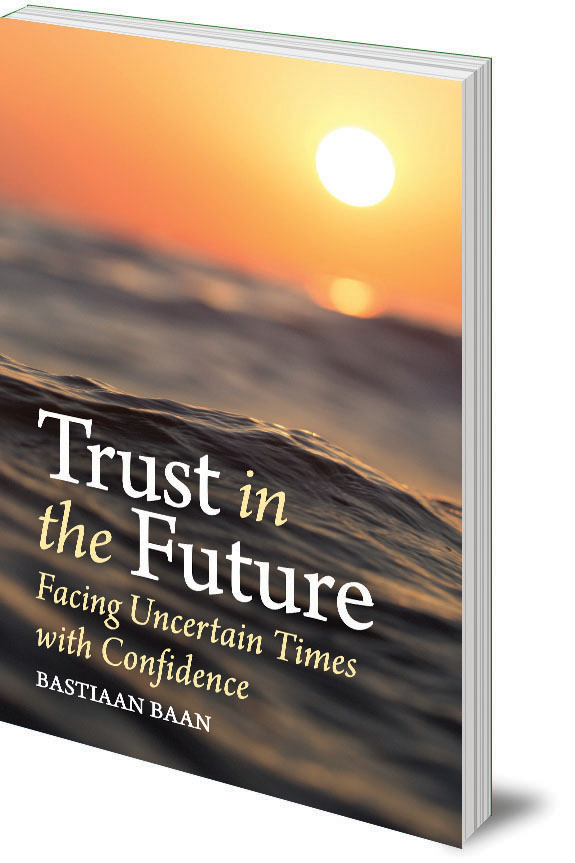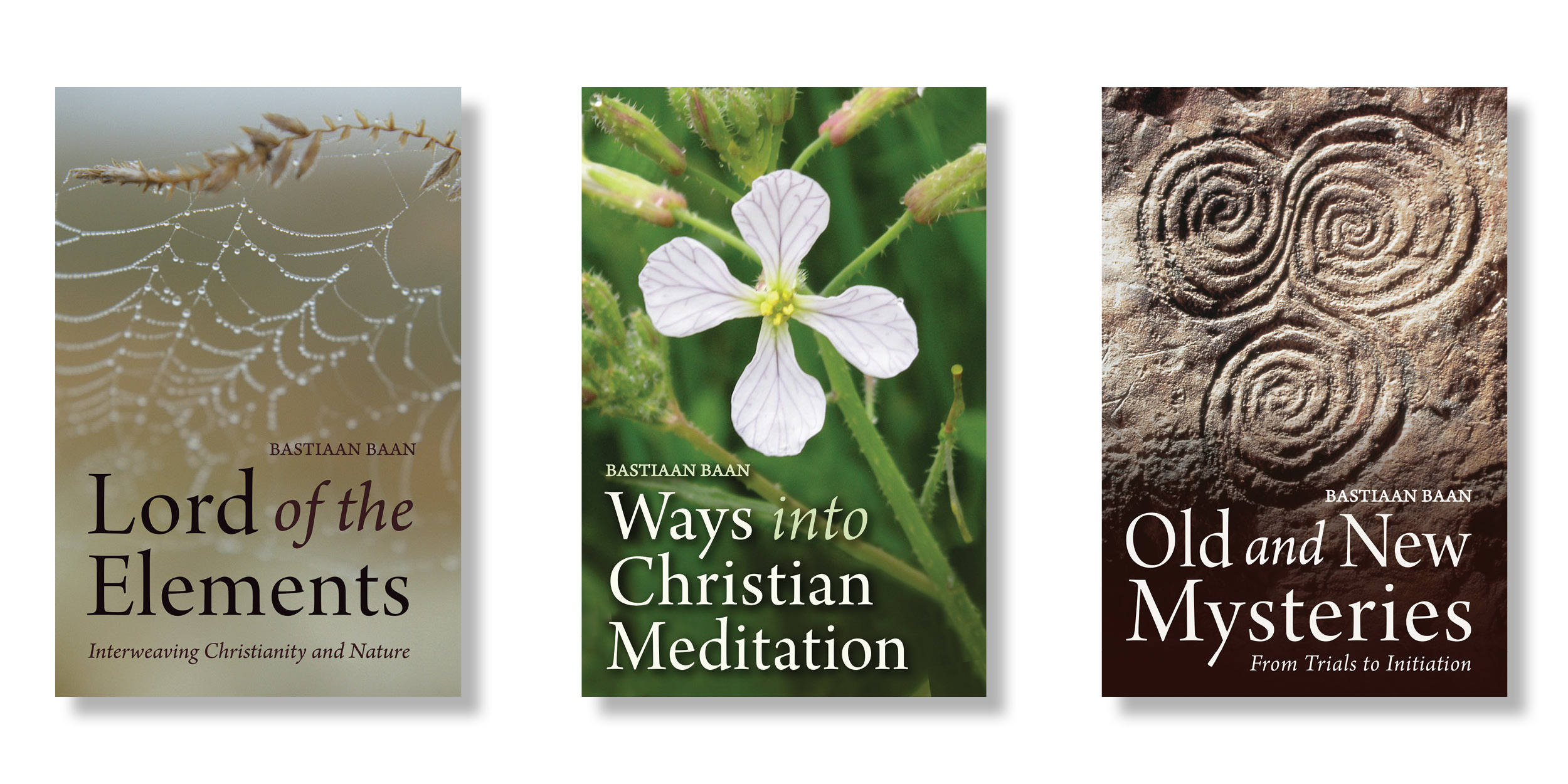Trust in the Future: Facing Uncertain Times with Confidence by Bastiaan Baan
by Floris Books • 4 November 2024 • Anthroposophy, Bastiaan Baan, Extract, Philosophy of Human Life • 0 Comments

Is it possible to develop trust in the future? Respected Christian Community priest Bastiaan Baan argues in his book Trust in the Future that it is not only possible, but essential to have a positive outlook when facing an uncertain future.
Throughout history humans have attempted to predict the future, yet the future of humanity remains uncertain. In this book, Baan explores the many ways in which humanity has tried to predict the future down through the ages, from old forms of clairvoyance to more modern methods based on technical expertise. Drawing on the work of Rudolf Steiner, he attempts to interpret their imaginative language and identify the impulses at work in present-day humanity.
Trust in the Future is an inspiring book which will speak to all those who ask themselves ‘What can I do?’ to build a better future. In the following extract, Baan traces the history of clairvoyance and its limits, placing it in the context of today’s world of ‘post-truth’.
From Chapter One: Signs of the Times
In times past, people used to speak of ‘providence’, referring to that authority that was able to see what would happen in the future (from the Latin pro-videre, meaning to foresee). In religious terms, the future is an open book only for God. Watch out, therefore, for the fortune tellers who tell you the world is going to end on a particular date. There were many who said the world would end on January 1, 2000, and yet we are still here. But perhaps it is going to pass away on January 1, 2026? I know people who profess that and swear that it is so, and yet if people like them were right then the world would have passed away a thousand times already. Of course, these fortune tellers have a thousand excuses: ‘God felt sorry for us and changed his plans again.’
Clairvoyance is not clear enough to see the future in all its aspects. Initiates can sometimes read the hidden causes behind outer events, but they are unable to see the future in its entirety. Rudolf Steiner expressed this in one of his so-called mystery dramas. In The Soul’s Awakening, the initiate Benedictus recognises images of the future and says: ‘This I can sense. How it will come to pass remains a secret hidden from my sight.’

Even Christ himself, during his life on earth, was unable to see the future in its totality. In the Little Apocalypse, which we will look at in a later chapter, he said:
Heaven and earth will pass away, but my words will not pass away. No one knows anything about that day or that hour, not even the angels in heaven, nor the Son, but only the Father. (Mark 13:31-32)
When we read the mythologies of various peoples, and religious texts like the Little Apocalypse and the Apocalypse of St John, we encounter a language of images. This imagery is in itself an open secret, something that still has to be deciphered, and while it is susceptible to various interpretations, it nevertheless points in a certain direction. Even though we don’t speak the language of myths and prophecies anymore, countless people live with indeterminate feelings about the future. We sometimes speak of a ‘sixth sense’, and we all know expressions like ‘It’s in the air’ or ‘Something casts its shadow ahead of it’. But it is only shadows, nothing tangible that can allow us to recognise what will take place in the future.
In his book Theory U, the German academic and author Otto Scharmer developed a method of what he called ‘leading from the future as it emerges’. A group of people, entrepreneurs for example, deliberate together and try to develop a sense for what is coming towards them from the future.

All too often, however, we are way off the mark and are blind to the potential the future offers us. In our time – perhaps more than ever before – we constantly alternate between hope and fear, between the most extreme forms of despair and pessimism, and blind hope and trust.
The reality of our time is made even more complicated because we are threatened by what is sometimes called the ‘infocalypse’: an overwhelming, destructive chaos of information. These days we not only have to do with reality as it happens around us, but also with a distorted reality that is produced by both traditional media and online social media. We are living in a ‘post-truth’ era, where people are more willing to believe what they feel about something than the facts relating to it. We cannot simply trust our observations. The illusions created by the various media, including ‘deep fake’ technologies, are already so realistic that very soon we will no longer be able to distinguish truth from appearance. Through refined technology truth and lie will be manipulated into their opposites. Politicians who want to stay informed about the latest developments not only need the help of information experts, but also of disinformation experts: professionals who focus on the art of distinguishing reality from appearance. In the face of such bewildering complexity, many people turn to conspiracy theories for simple answers.
About the Author
Bastiaan Baan worked as a teacher in the Netherlands before being ordained as a Christian Community priest in 1981. From 2013 he was the director of the Priests’ Seminary in North America before returning to the Netherlands in 2019. He lectures widely, and has written many books, including Lord of the Elements, Ways into Christian Meditation and Old and New Mysteries, all published by Floris Books.
More Books by Bastiaan Baan
